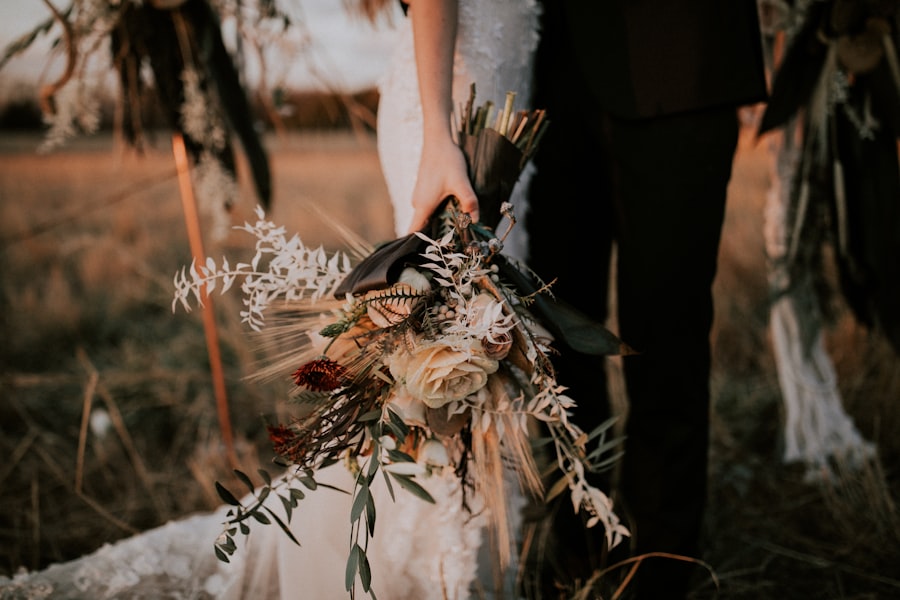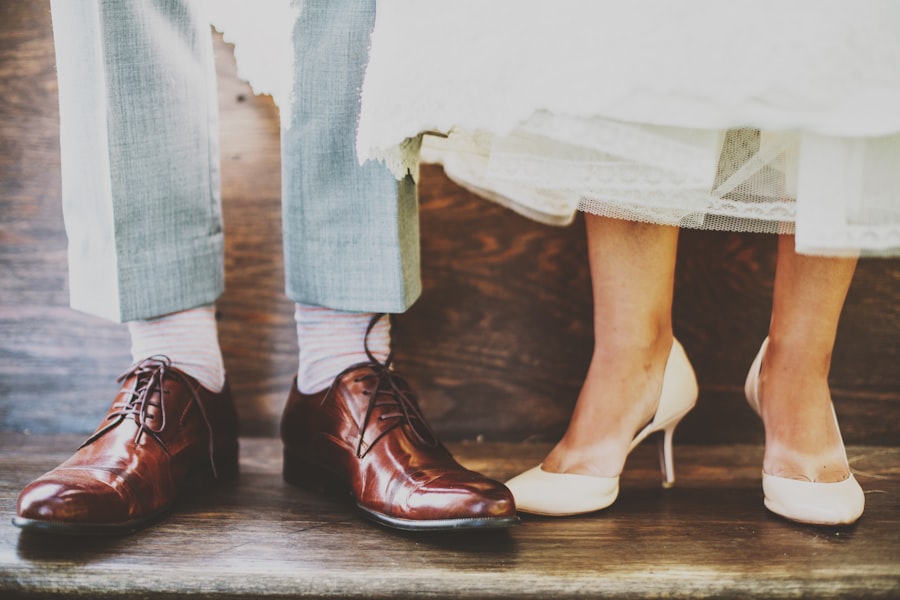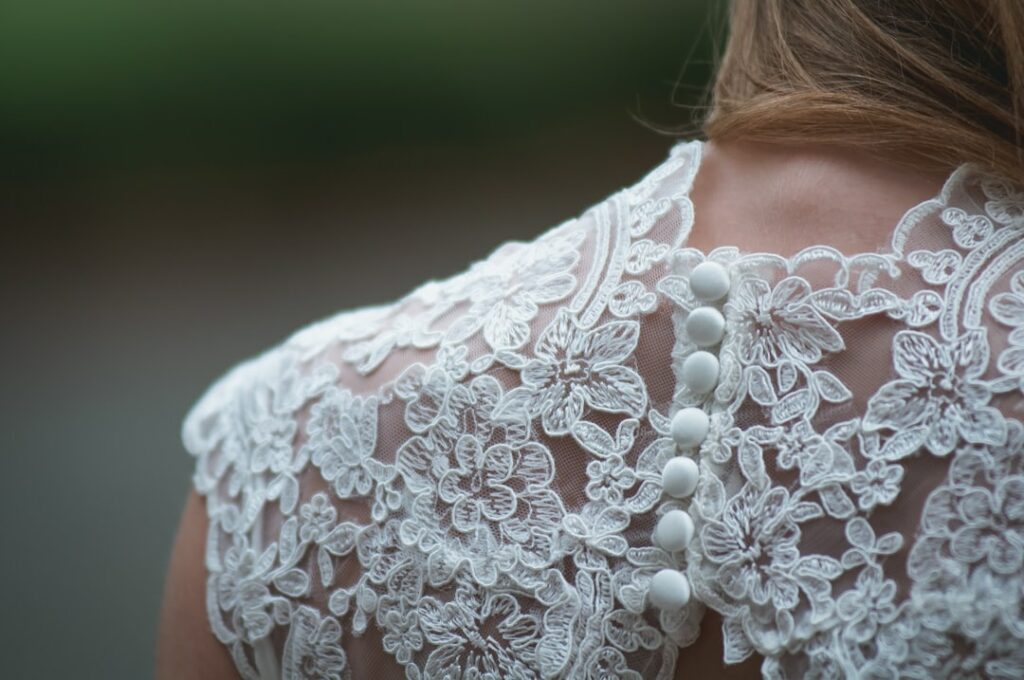In the poem, love emerges as a profound and transformative force, capable of transcending the mundane aspects of life. You can feel the intensity of this emotion as it weaves through the verses, illustrating how love can uplift the human spirit and foster a sense of belonging. The poet captures the essence of love not merely as a fleeting feeling but as a deep-rooted connection that binds individuals together.
This connection is portrayed as both a sanctuary and a source of strength, suggesting that love has the power to heal wounds and bridge divides. As you delve deeper into the poem, you may notice how love is depicted in various forms—romantic, platonic, and familial. Each representation serves to highlight the multifaceted nature of love, demonstrating that it is not confined to one specific relationship or experience.
The poet’s exploration of love invites you to reflect on your own experiences, encouraging you to consider how love has shaped your life and relationships. Through vivid imagery and emotive language, the poem encapsulates the essence of love as an enduring force that enriches existence.
Summary
- Love is portrayed as a powerful force that transcends time and space in the poem, reflecting its enduring nature.
- The metaphor of a dance is used to symbolize the eternal and harmonious nature of love and marriage, highlighting the fluidity and grace of the relationship.
- Weddings are depicted as significant milestones that mark the beginning of a new chapter in the journey of love, emphasizing the communal celebration and unity of the couple.
- The poem employs rich symbolism and imagery, such as rings and flowers, to convey the depth of love and the unity of the couple.
- Traditional values and customs are reflected in the poem, underscoring the importance of heritage and cultural significance in the context of weddings and love.
The Eternal Dance: Analysing the metaphor of a dance in the context of love and marriage
The metaphor of dance is intricately woven into the fabric of the poem, serving as a powerful representation of the dynamics within love and marriage. When you think about dance, it evokes images of harmony, rhythm, and partnership—qualities that are essential in a loving relationship. The poet likens the journey of love to an eternal dance, where each partner must learn to move in sync with one another.
This metaphor suggests that love requires effort, communication, and a willingness to adapt to one another’s movements. As you explore this metaphor further, you may find that it also reflects the ebb and flow of relationships. Just as dancers must navigate both leading and following, couples must learn to balance their individual desires with their shared goals.
The poem captures this delicate interplay, illustrating how love is not merely about passion but also about compromise and understanding. In this dance, there are moments of joy and celebration, as well as challenges that require resilience and patience. Ultimately, the metaphor serves to remind you that love is an ongoing performance, one that evolves over time and requires both partners to engage wholeheartedly.
Reflections on Weddings: Discussing the significance of weddings and their role in the poem

Weddings hold a special place in the narrative of love, serving as a public declaration of commitment and unity. In the poem, weddings are portrayed not just as ceremonial events but as pivotal moments that encapsulate the essence of love. You might find that the poet uses weddings as a backdrop to explore themes of hope, joy, and new beginnings.
The imagery surrounding weddings evokes a sense of celebration, where families and friends come together to witness the union of two souls. Moreover, weddings are depicted as a rite of passage, marking the transition from individual lives to a shared journey. The poem captures this transformative aspect beautifully, illustrating how love blossoms in the context of commitment.
As you read through the verses, you may feel a sense of nostalgia for your own experiences or those of loved ones who have celebrated their unions. The poet’s portrayal of weddings serves to remind you that these moments are not just about the couple but also about the community that supports them in their journey together.
Symbolism in the Poem: Examining the use of symbols and imagery in expressing love and unity
Throughout the poem, symbolism plays a crucial role in conveying the depth of love and unity between partners. You may notice that certain images recur, each carrying its own significance. For instance, flowers often symbolise beauty and growth, representing the blossoming relationship between lovers.
The poet’s use of such imagery invites you to consider how love can flourish when nurtured with care and attention. Additionally, elements like rings or intertwined hands serve as powerful symbols of commitment and eternity. These images resonate with you on a personal level, evoking feelings of warmth and connection.
The poet’s skillful use of symbolism allows you to engage with the text on multiple levels, prompting you to reflect on your own understanding of love and unity. As you immerse yourself in these symbols, you may find that they resonate with your own experiences, reinforcing the idea that love is both universal and deeply personal.
The Role of Tradition: Exploring how the poem reflects traditional values and customs in weddings
Tradition plays a significant role in shaping our understanding of love and marriage, and this is evident in the poem’s exploration of customs associated with weddings. You might find that the poet draws upon various cultural practices to illustrate how these traditions serve as a framework for expressing love. From exchanging vows to sharing a first dance, each ritual carries its own meaning, reinforcing the bond between partners.
As you reflect on these traditions, you may recognise their importance in fostering a sense of continuity and belonging. The poem suggests that these customs are not merely archaic practices but rather vital components that enrich the experience of love. They provide a sense of structure amidst the chaos of life, allowing couples to anchor their relationship in shared values and beliefs.
By highlighting these traditions, the poet invites you to consider how they shape your own perceptions of love and commitment.
Love’s Journey: Tracing the evolution of love and its portrayal in the poem

The journey of love is often depicted as a winding path filled with both triumphs and tribulations. In this poem, you can trace this evolution through various stages—from infatuation to deep emotional connection.
The poet captures these transitions with sensitivity, illustrating how love matures over time.
You may find yourself reflecting on your own experiences as you read about the initial spark that ignites passion and how it gradually transforms into a profound bond. As you delve deeper into this journey, you might notice how challenges are portrayed as integral to growth within relationships. The poet acknowledges that love is not always easy; it requires effort and resilience to navigate obstacles together.
This portrayal resonates with your understanding that true love is often tested by life’s trials. Ultimately, the poem serves as a reminder that while love may evolve, its core essence remains steadfast—a testament to its enduring power.
A Poetic Ode to Marriage: Discussing the poem’s celebration of the institution of marriage
Marriage is celebrated within the poem as a sacred institution that embodies commitment and partnership. You may find that the poet elevates marriage beyond mere legalities or societal expectations; instead, it is portrayed as a profound union between two individuals who choose to embark on life’s journey together. This celebration is infused with joy and reverence, inviting you to appreciate the beauty inherent in such a commitment.
As you read through the verses, you might feel an overwhelming sense of optimism about marriage’s potential to foster growth and connection.
The poet’s words resonate with hope for couples embarking on this journey, suggesting that marriage can be a source of strength and inspiration. By celebrating marriage in this way, the poem encourages you to reflect on your own beliefs about partnership and commitment, reinforcing the idea that love can flourish within this sacred bond.
The Poet’s Message: Analyzing the underlying message and sentiment conveyed in the poem
At its core, the poem conveys a powerful message about the enduring nature of love and its capacity to unite individuals across time and space. As you analyse its themes and imagery, you may uncover sentiments that resonate deeply within you—an affirmation that love is worth pursuing despite its challenges. The poet’s exploration invites you to embrace both the joys and struggles inherent in relationships while recognising their transformative potential.
Furthermore, there is an underlying call for appreciation—an invitation for you to cherish moments spent with loved ones and honour the connections that enrich your life. The poet’s message serves as a reminder that while love may evolve over time, its essence remains constant: it is a force that binds us together in our shared humanity. Through this lens, you are encouraged to celebrate not only romantic love but also friendships and familial bonds that shape your existence.
In conclusion, this poem serves as a rich tapestry woven with themes of love, tradition, and unity. As you reflect on its various elements—from metaphors like dance to symbols representing commitment—you are invited into a deeper understanding of what it means to love and be loved. Ultimately, it celebrates not just marriage but also the myriad ways in which love manifests itself throughout our lives.
If you’re seeking inspiration for a reflection poem for your wedding, you might find it useful to explore the role of a celebrant in creating a personalised and meaningful ceremony. A related article that delves into this topic is “Being a Fun Humanist Wedding Celebrant,” which offers insights into how celebrants can craft ceremonies that truly reflect the couple’s personality and values. This can be particularly helpful when thinking about how to integrate personal poems or readings into your wedding. For more details, you can read the article here.
FAQs
What is a reflection poem for weddings?
A reflection poem for weddings is a type of poem that is often read or recited during a wedding ceremony. It is a thoughtful and meaningful piece of writing that reflects on love, marriage, and the journey of the couple.
What is the purpose of a reflection poem for weddings?
The purpose of a reflection poem for weddings is to add a personal and emotional touch to the wedding ceremony. It can convey the couple’s feelings, hopes, and aspirations for their future together, and can also serve as a way to involve family and friends in the celebration.
Who typically reads or recites a reflection poem at a wedding?
The reflection poem for weddings can be read or recited by the officiant, a family member, a close friend, or even the couple themselves. It is often chosen by the couple to reflect their own sentiments and values.
What are some common themes in reflection poems for weddings?
Common themes in reflection poems for weddings include love, commitment, partnership, and the journey of two individuals coming together to form a union. The poems may also touch on the importance of family, friendship, and support in a marriage.
Can a reflection poem for weddings be personalised?
Yes, a reflection poem for weddings can be personalised to reflect the unique experiences, values, and aspirations of the couple. It can include specific details about their relationship, shared memories, or personal beliefs. Personalising the poem can make it even more meaningful and special for the couple.

